Seattle Children’s Hospital hosted the Perry Initiative this weekend to inspire women to pursue careers in engineering and orthopaedic surgery. Dr. Jacquelin Perry was one of the first ten women orthopaedic surgeons in the country and has been a mentor to countless women and men throughout her career. She is known for her work quantifying human movement using tools such as motion analysis, electromyography, and ultrasound. She developed new surgical procedures including methods to straighten spines and inventing the ‘halo’ to immobilize the spine, neck, and head.
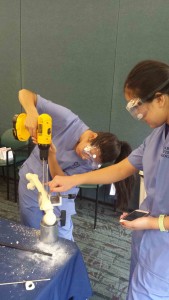 This weekend, 25 women from local high schools, joined surgeons and engineers at Seattle Children’s to learn about common medical tasks and cutting-edge medical technology. They tried their hand at casting, suturing, external/internal bone
This weekend, 25 women from local high schools, joined surgeons and engineers at Seattle Children’s to learn about common medical tasks and cutting-edge medical technology. They tried their hand at casting, suturing, external/internal bone
fixation, and rotator cuff repair.
From the Perry Initiative: “Engineers and orthopaedic surgeons work hand-in-hand to develop safe and effective implants for repairing broken bones, torn ligaments, and worn-out joints. Strong partnerships between surgeons and engineers are essential for improving the performance of orthopaedic implants and creating solutions to unmet clinical needs.”
We agree! Here’s to many future collaborations with diverse teams of engineers and surgeons.
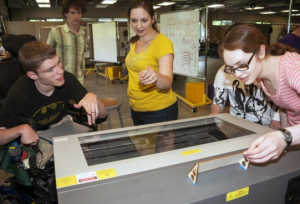 great work on how toys can be easily hacked for individuals with disabilities from John Schimmel and Holly Cohen, cofounders of DIYAbility, .
great work on how toys can be easily hacked for individuals with disabilities from John Schimmel and Holly Cohen, cofounders of DIYAbility, .
 This weekend, 25 women from local high schools, joined surgeons and engineers at Seattle Children’s to learn about common medical tasks and cutting-edge medical technology. They tried their hand at casting, suturing, external/internal bone
This weekend, 25 women from local high schools, joined surgeons and engineers at Seattle Children’s to learn about common medical tasks and cutting-edge medical technology. They tried their hand at casting, suturing, external/internal bone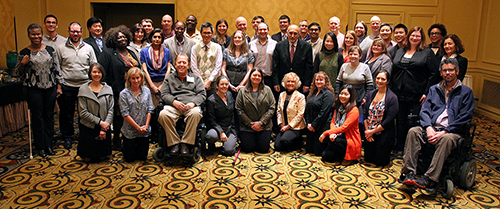 The proceedings from AccessEngineering’s first Capacity Building Institute have been
The proceedings from AccessEngineering’s first Capacity Building Institute have been 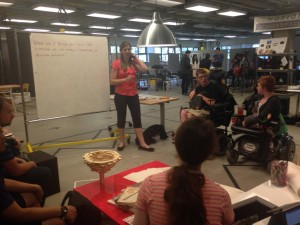 We were privileged to have Jamala Henderson from KUOW Public Radio join in during our brainstorms and activities for creating accessible makerspaces.
We were privileged to have Jamala Henderson from KUOW Public Radio join in during our brainstorms and activities for creating accessible makerspaces.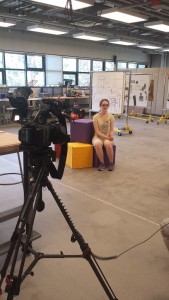 Check out KING 5 News at around 5:30pm this evening. They will be featuring a short piece on AccessEngineering‘s guidelines for creating accessible makerspaces.
Check out KING 5 News at around 5:30pm this evening. They will be featuring a short piece on AccessEngineering‘s guidelines for creating accessible makerspaces.